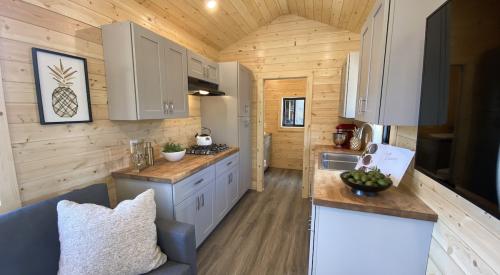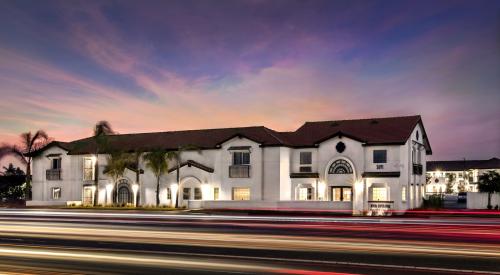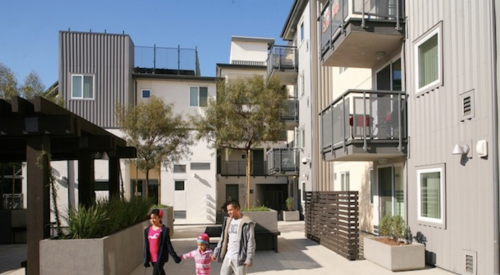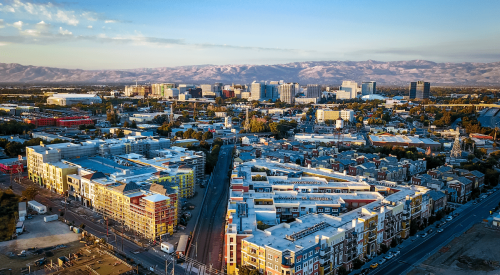Over the past five years, a growing share of nonprofits, local governments, and developers are salvaging old hotels, converting them into rental units to increase housing supply, and to compete with home-sharing companies like Airbnb.
According to Mark Okrant, author of "No Vacancy: The Rise, Demise and Reprise of America’s Motels," 16,000 motels were open in 2012, versus the 61,000 open during the "hotel heyday" of the 1950s. Today, there are even fewer hotels, Realtor.com reports. Previously, hotels were converted into retail space, but this solution is no longer as viable, what with the growing digital retail industry. Transforming hotels into residential space is adding needed housing supply, particularly for homeless and disabled populations, though such affordable housing projects continue to face NIMBY backlash from local residents.
Luna Lodge, in Albuquerque, N.M., is the quintessential Route 66 motel. A kitschy, neon sign with an arrow points to the parking lot that’s lined by three square Pueblo Spanish Revival buildings with flared stucco hoods over the doors. The 1949 property was even placed on the National Register of Historic Places in 1998 “as one of the best examples of a largely unaltered tourist court remaining along New Mexico Route 66.” But despite its iconic status, the motel fell into disrepair over the decades. The dilapidated, boarded-up building became a magnet for criminal activity.
Then Luna Lodge got a new lease on life. In 2013, the renovated building once again began welcoming people into its rooms. But they weren't just passing through. The former motel had been converted into 30 affordable apartments for low-income and disabled tenants.













